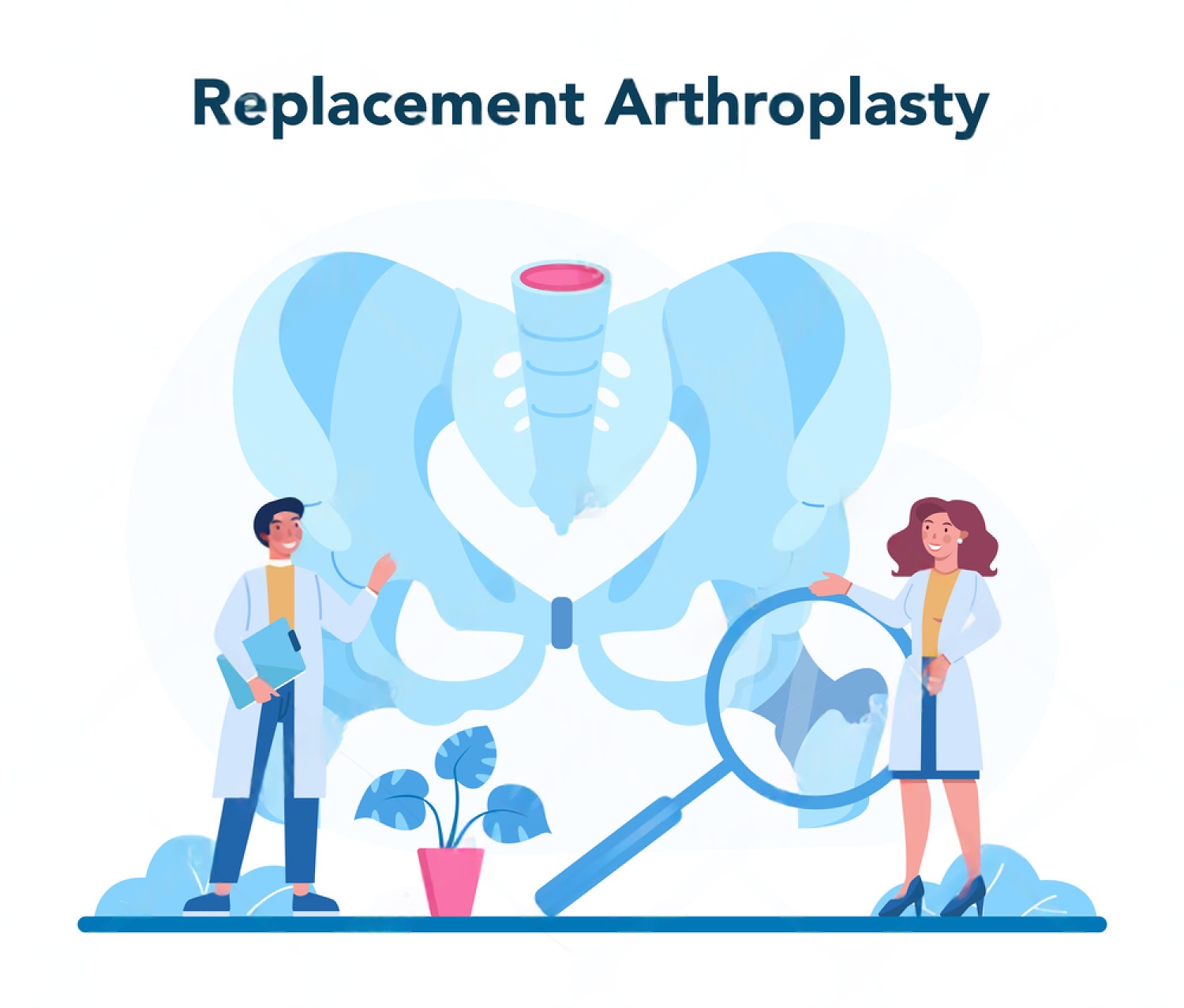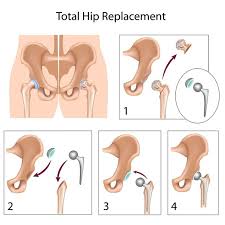Average Cost of Hip Replacement Surgery in India (2025) | Affordable & Advanced Care
Medically reviewed by Dr. Neelabh, MS (Ortho)
Educational information only—not a substitute for medical advice. Prices vary by hospital, city, implant choice, and clinical needs. Always request a written, itemized quote.
If you’re researching the average cost of hip replacement surgery in india, compare total packages (not just the implant). Packages typically include surgeon and anesthesia fees, OT/consumables, implant(s), hospital stay, room category, nursing, and physiotherapy. Device pricing is influenced by NPPA policy, hospital procurement, and the exact brand/model used.

On this page
Average hip replacement cost in India — quick snapshot
- Total hip replacement (one hip): commonly ₹2,50,000–₹6,50,000+ per hip in private hospitals (roughly USD 3,000–7,000 for international packages).
- Bilateral hip replacement (both hips, same sitting): often ₹4,50,000–₹11,00,000+ for the full package.
- Hip resurfacing (select patients): typically ₹3,50,000–₹7,50,000+.
- Hemiarthroplasty for fracture: usually ₹1,50,000–₹3,50,000+.
- Revision hip replacement: commonly ₹5,50,000–₹12,00,000+ due to complex implants and longer OT time.
Metros/tertiary centers, premium bearings (e.g., ceramic on HXLPE), cementless fixation, and navigation/robotics tend to increase the average cost of hip replacement surgery in india.
Typical package ranges (INR)
| Surgery type | Common package range (₹) | Notes |
|---|---|---|
| Total hip replacement (unilateral) | 2,50,000 – 6,50,000+ | Implant bearing/fixation, hospital tier, room, and technology affect price. |
| Total hip replacement (bilateral, same sitting) | 4,50,000 – 11,00,000+ | Two implants + longer OT; confirm DVT prophylaxis and rehab plan. |
| Hip resurfacing (select candidates) | 3,50,000 – 7,50,000+ | Younger, active patients only; not suitable for osteoporosis. |
| Hemiarthroplasty for fracture | 1,50,000 – 3,50,000+ | Varies by stem type and length of stay. |
| Revision hip replacement | 5,50,000 – 12,00,000+ | Complex implants (stems/cups/cones), extra consumables, longer rehab. |
What affects your price
- Hospital and city: Metro tertiary centers price higher than tier‑2/3 cities.
- Implant selection: Bearing combo (ceramic‑on‑poly, ceramic‑on‑ceramic, metal‑on‑poly), cup/stem design, brand.
- Fixation: Cementless vs cemented; cementless often for younger good bone; cemented for osteoporosis.
- Technology: Navigation/robotics and patient‑specific instruments add planning/equipment fees.
- Case complexity: Deformity, bone loss, prior surgery increase OT time and consumables.
- Room category & length of stay: Private rooms and extensions raise packages.
- Payer type: Self‑pay vs insurance/TPA vs government schemes have different tariffs.
What’s included in a package (and what to verify)
- Usually included: Surgeon + anesthesia fees, OT charges, standard consumables, implant(s), routine labs/imaging, standard stay, nursing, early physiotherapy.
- May be extra: Room upgrades, ICU, blood products, extended physio, additional imaging, comorbidity management, special braces/walkers.
- Device transparency: Ask for brand, model, sizes, lot numbers, and MRP stickers per NPPA norms.
Hip replacement vs hip resurfacing
- Total hip replacement (THR): Replaces the femoral head and acetabular surface. Broadly suitable; excellent long‑term outcomes.
- Hip resurfacing: Bone‑conserving cap on the femoral head with a matching cup. Typically for younger, active patients with good bone quality and larger femoral heads.
Note: Most resurfacing implants use metal‑on‑metal bearings and are not ideal for osteoporosis, renal issues, metal sensitivity, or many women of child‑bearing potential. Discuss benefits/risks, metal ion monitoring, and alternatives with your surgeon.
Implants, bearings, and fixation
- Bearings: Ceramic‑on‑polyethylene (HXLPE), ceramic‑on‑ceramic, and metal‑on‑polyethylene are common modern choices. Metal‑on‑metal is rarely used today outside specific resurfacing indications.
- Fixation: Cementless cups/stems encourage bone ingrowth; cemented fixation often preferred with osteoporotic bone.
- Longevity: Many modern hips show high survivorship beyond 15–20 years when well positioned and rehabilitated; see the UK National Joint Registry and AOANJRR.
Insurance and government schemes
- Private insurance/TPA: Confirm network hospital, room eligibility, pre‑auth amount, co‑pays, and refundable deposits.
- Government schemes: CGHS/ECHS and Ayushman Bharat PM‑JAY have notified packages at empanelled centers; availability varies by state/hospital.
How to compare quotes
- Written, itemized package with inclusions/exclusions and expected length of stay.
- Device specifics: brand, model, bearing, fixation, and MRP stickers — these drive the average cost of hip replacement surgery in india.
- Technology fees: robotics/navigation, patient‑specific guides.
- Room category, per‑day extension charges, and post‑discharge physiotherapy plan.
Get a personalized estimate
Share your X‑rays, clinical details, and preferred room category to receive a like‑for‑like package quote for the average cost of hip replacement surgery in india in your city.
FAQs
Is India really cheaper for hip replacement?
Yes. Due to device pricing policies, purchasing power, and competitive hospital markets, many private hospitals in India offer packages significantly below US/UK prices—while using globally recognized implants and protocols.
How long do hip implants last?
Many modern hips last 15–20+ years with proper alignment, rehab, and weight management. See NJR patient info and AOANJRR reports.
Does robotic surgery change the price?
Robotic/navigation workflows can add planning/equipment costs. Outcomes depend heavily on surgeon expertise and component positioning—conventional techniques also achieve excellent results.
Related resources
- Hip replacement surgery cost in Delhi
- Knee joint replacement surgery cost in India
- Knee replacement recovery: week‑by‑week
- Patient guides and outcomes: NHS hip replacement guide, UK National Joint Registry (external)
Disclaimer: Price ranges are informational and not binding. Final packages depend on clinical evaluation, device selection, and hospital policy. We do not endorse any single product or technology.

